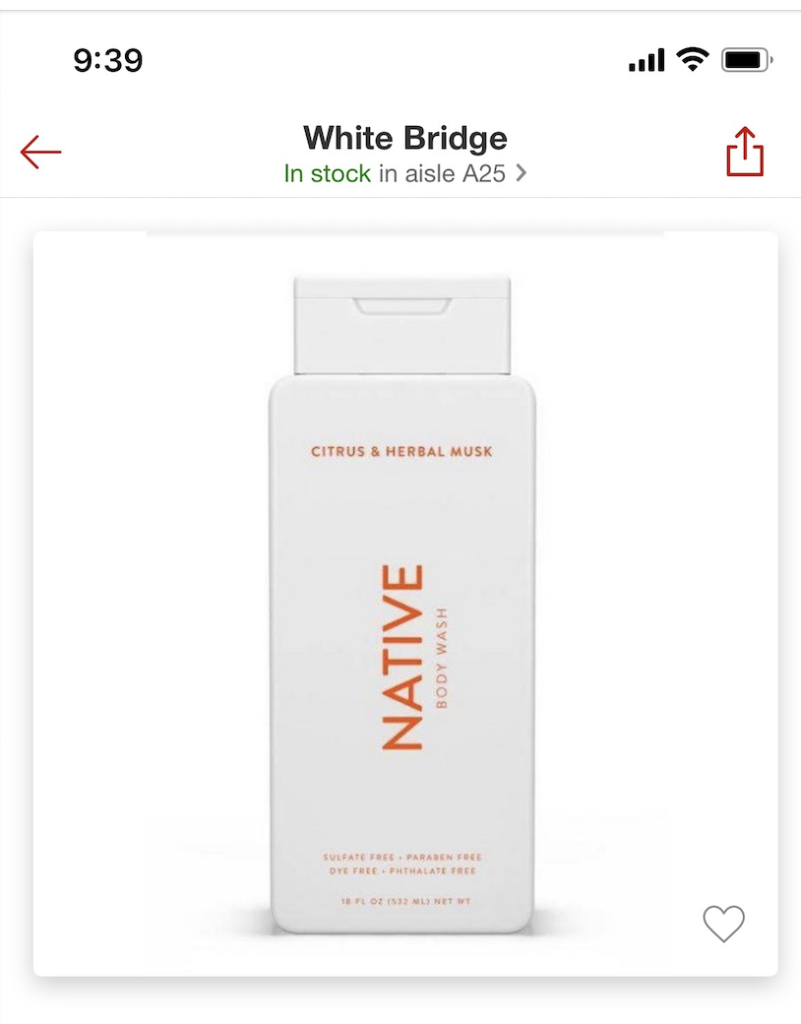As consumers are being bombarded with media 24/7, we’re no longer taking a linear path with our purchasing behaviors or consumption patterns.
Imagine you’re at a party and you compliment your friend on her new pair of jeans. She tells you they’re from Abercrombie & Fitch. Later that night, you see an ad on Instagram for the same pair of pants. The next morning, you start browsing the website on your phone, but your mom calls and you end up leaving a few items in your cart and forgetting about it. Two weeks later, you have to make a return at the mall and you walk by Abercrombie and decide to try on the jeans and buy them.
Seems like a pretty common customer journey, right? Consumers rarely take a “chronological” journey on just one platform anymore. With 71% of customers expecting companies to deliver personalized interactions, brands must meet their consumers where they are — which means you need to be operating on multiple platforms.
However, it’s not enough to just have a presence across multiple channels. Your brand must build an omnichannel experience across all platforms so that your customers know what to expect no matter how they choose to interact with you.
What would happen if you walked into Abercrombie, prepared to try on the Size 2 Petite Jeans you’ve been looking at online, only to find out that the store only carries “regular” inseams?
Or what if you’ve been binging The Dropout on Hulu via your Fire TV, and when you switched to your laptop, it didn’t track the last episode you saw? If you’re anything like me, you’d be pretty frustrated.
According to a report by CallMiner, 87% of customers think that brands need to put more effort into providing a seamless journey wherever their customers choose to interact.
What is an omnichannel experience?
What is an omnichannel experience? And why is it important for your brand’s overall customer experience?
To answer this question fully, we first need to define omnichannel experience. An omnichannel experience combines all of your brand’s platforms into one holistic journey. This includes anything from your in-store experience, website, mobile app, social media accounts, email blasts, chat support, phone support, etc. All of your channels are sharing data so that customers can enjoy one seamless experience.
Whereas a multichannel experience consists of separate experiences across multiple platforms, an omnichannel experience ensures a cohesive, integrated experience no matter how a customer chooses to engage.
A true omnichannel strategy typically requires data-sharing software that allows customer analytics to travel from platform to platform. However, there are also non-technological (and equally important!) ways to ensure a consistent brand experience, such as standardized training guides for employees, branding ‘bibles,’ creative and content approval systems, and open communication across all teams.
Case Study: Target

One brand that provides a great omnichannel experience across its stores, app, website, and social media is Target. When shopping for an item on the Target app, it will tell me if it’s in stock at my local store and the exact aisle I’ll find it in. I can then make a decision if I want to order it online, or just drive ten minutes down the road for curbside pickup.
Better yet, if I can’t find something while shopping in the store, I can check its location on the app instead of hunting down an employee to show me. Further, the app has a “list” feature that helps customers plan their next shopping trip, complete with a map of their go-to store and the option to share the list with someone else. Such tools create an effortless transition from Target’s online-to-in-store presence.
Target doesn’t stop with the app. They do a great job with targeted, relevant emails, direct mail catered exactly to my interests ($5 off toys? Amazing!). And — as those of you who watched my Birthday Breakdown video a few months ago know — they set the bar high for birthday messages and offers, too.
In addition to optimizing the shopping journey, an omnichannel experience provides several benefits to your business. In this guide, we’ll review the top 5 reasons why your brand must create an omnichannel customer experience.
1. It eliminates unnecessary work for your employees
With a true omnichannel experience, data travels with each customer from platform to platform. However, when each channel is disconnected, you’re more likely to irritate your customer and create unnecessary work for your employees.
For example, as customers, we’ve all been in a situation before where we’ve been transferred to several different service members just to solve one issue. Perhaps we’ve been chatting with a bot who then prompts us to send an email to the service team. Each time, the customer has to re-explain their issue to the next person and start the process over again.
With shared knowledge across all platforms, employees can easily pick up where the previous team member left off and spare the customer the inevitable frustration. And, by saving your employees from duplicative efforts, they can speed up their response time significantly.
Case Study: Patagonia
To demonstrate this point further, let’s take a look at outdoor retailer Patagonia. In addition to customer frustration, their disjointed experience was straining their tax and IT departments. According to Technology Record, Patagonia implemented tools such as Microsoft Dynamics 365 for ERP and Vertex Indirect Tax O series On-Demand so every retail store can ship anywhere in the country, and calculate the correct sales tax on every transaction, significantly reducing audit risk.
2. It provides a holistic view of your customer
Since we know that customers don’t typically stay on one single channel, it doesn’t make sense to analyze customer data in silos. With data analytics tools like conversation monitoring, your brand can get a more accurate, holistic view of the customer journey – including contextual insights that will help you better solve their problems.
Your tech stack (with a powerful CRM at the hub/heart) needs to offer one source of truth about your customers, with all sources of data feeding into it regularly.
3. It helps you personalize your interactions
According to a McKinsey study, 78% of customers are more likely to make a repeat purchase with a company that personalizes the experience. In addition, 78% of customers said they’re more likely to refer a friend when they have a personalized experience.
When a customer has only interacted with your brand through your website and decides to download the app for the first time, are you able to display their recently viewed items, or do they need to start their search from scratch? With an effective omnichannel strategy, your buyers’ data will be centralized across all platforms so you can make personalized recommendations for your customers.
4. It allows for more control over your brand
As customers, we believe that the way a brand does one thing is the way they do everything. After all, we have too many alternative options out there to give brands a second chance. This is why your brand experience must be consistent everywhere.
You can’t make up for a horrible mobile app experience with your incredible website design. If your app is glitchy and slow, then the customers that experience your brand for the first time via the app will never move down the sales funnel to see your awesome website.
Similarly, if a customer stumbles upon your retail store in the mall and has a negative interaction with an employee, they probably won’t bother to click on your ad the next time it pops up on their Instagram.
An omnichannel strategy ensures that your brand experience is uniform across all touchpoints. Whether it’s the way you train your employees, the language used in product descriptions, or the FAQ section, make sure it’s consistent everywhere.
5. It increases customer retention
According to CallMiner, companies with the strongest omnichannel engagement strategies retain on average 89% of their customers, compared to just 33% retention in companies with weak omnichannel engagement.
A strong omnichannel experience creates more personalization and convenience for your customers, which in turn leads to more repeat business. With customer preferences and billing information stored across all platforms, brands can make informed product suggestions and allow customers to complete quick transactions. For example, when I buy something in-person at a Target store, the app will save this data and ask me if I want to re-purchase it next time.
Next Steps
I challenge you to put yourself in your customer’s shoes for each of your brand’s channels. Scroll through your social media pages, browse your website, walk into a retail store, call customer support, look at every email campaign, download the app…
- What are the similarities and differences you notice across each platform?
- Is your data traveling from one channel to the next, or do you need to re-identify yourself each time?
- Is your communication tone and language consistent from channel to channel? What about your branding?
Remember, experience is everything and everything is experience. To create superfans, you’ve to create a seamless, omnichannel experience that guarantees each touchpoint is consistent no matter how your customers choose to engage.
Feel free to reach out to me if you need any advice on optimizing your omnichannel CX.
